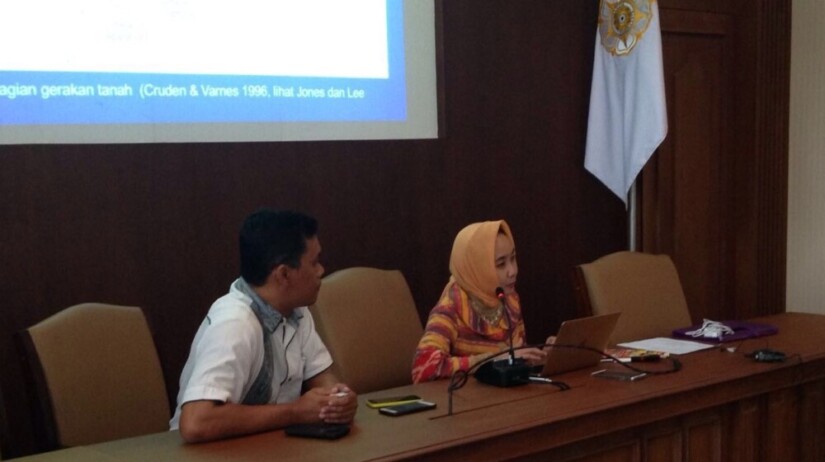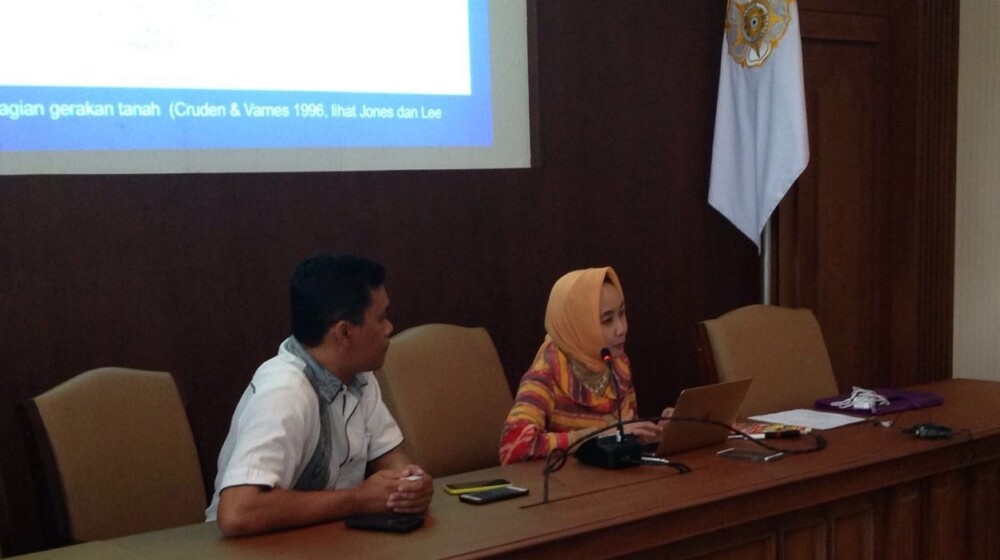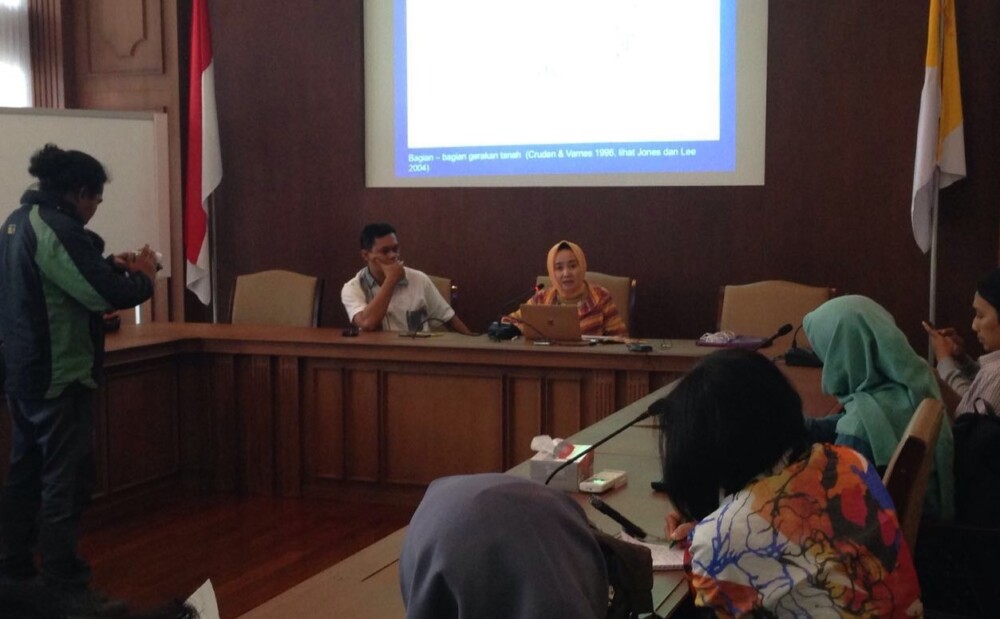Spatial planning which is integrated with the information of the disaster zone (potential landslides and flooding) and the compliance of citizens around the disaster zone to obey warning system that is installed are required to avoid any casualties due to disaster, particularly landslide, as happened recently in Purworejo, Central Java.
“We need to educate public in the danger zone so that they obey and comply with the existing signs,” said a hazard observer, Prof. Ir. Dwikorita Karnawati, M.Sc., Ph.D., Tuesday (21/6).
Dwikorita said that mappings of disaster zones have been prepared by each region. The work should be integrated with the spatial mapping. If people are aware and able to comply, there will be no casualties.
“Danger zone, for example, is not supposed to be used for cultivation or settlement. And the people must obey,” she said.
If the community inevitably has to live in disaster prone areas, they must adapt. For example, to not be in a location prone to landslides during or after rain, not to plant heavy crops such as teak or bamboo, or not to ‘cut’ the foot of the hillside.
Dwikorita said that Purworejo landslides were triggered by several things, such as the sharp condition of the hillside, the composition of friable soil and heavy rain. The precipitation in Purworejo yesterday, according to Dwikorita, reached 130 mm/day.
“Banjarnegara landslide reached 113 mm/day. Landslide in Purworejo yesterday was triggered by several factors,” she said.
Similarly, another UGM disaster expert, Dr. Agung Setianto., added that disaster-prone locations spread fairly even in Central Java, such as Purworejo, Kebumen, Wonosobo, Temanggung, Semarang, Karanganyar, Batang, Magelang, etc. Agung recognizes the existence of obstacles in disaster mitigation including availability of data that is not detailed. In addition, social communities living around areas prone to disasters did not want to move to a safer location.
“For example, a geological map. The data available is not in detail,” said Agung.






